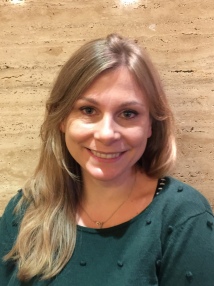BibTex format
@article{Al:2019:10.1021/acsnano.9b04783,
author = {Al, Sulaiman D and Chang, JYH and Bennett, NR and Topouzi, H and Higgins, CA and Irvine, DJ and Ladame, S},
doi = {10.1021/acsnano.9b04783},
journal = {ACS Nano},
pages = {9620--9628},
title = {Hydrogel-coated microneedle arrays for minimally invasive sampling and sensing of specific circulating nucleic acids from skin interstitial fluid},
url = {http://dx.doi.org/10.1021/acsnano.9b04783},
volume = {13},
year = {2019}
}

